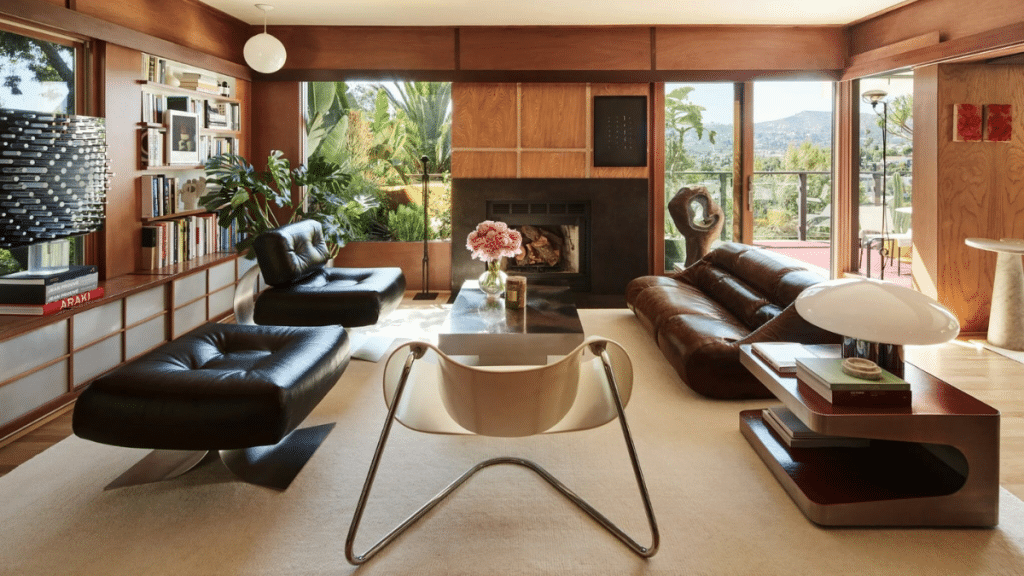Designing a beautiful and functional home interior might seem straightforward at first glance—choose a few colours, throw in some furniture, add a bit of décor, and voila! But in reality, interior design requires a delicate balance of style, space planning, and practicality. Even the most well-intentioned homeowners can fall victim to common design pitfalls that can compromise the overall look and feel of their space.
Here are some of the most common interior design mistakes—and more importantly, how to avoid them.
Poor Lighting Choices
Lighting is one of the most overlooked aspects of interior design, yet it has the power to make or break a room. Relying solely on overhead lighting or failing to layer your lighting can result in a flat, uninspired atmosphere. How to avoid it: Incorporate a mix of lighting types—ambient, task, and accent lighting. Consider dimmer switches for flexibility and be mindful of natural light sources. Table lamps, floor lamps, and strategically placed wall sconces can add both function and warmth.
Choosing Style Over Comfort
It’s tempting to go for the trendy sofa or ultra-modern dining chairs that look great in showrooms or magazines. But if they’re not comfortable, they’re not worth it. How to avoid it: Always prioritise comfort, especially for pieces that get everyday use. Sit on that sofa. Test those chairs. You can absolutely find furniture that ticks both boxes—style and practicality.
Ignoring Scale and Proportion
Oversized furniture in a small room (or vice versa) can disrupt the visual harmony of your space. Similarly, placing all the furniture against the walls might make a room feel lifeless and cold. How to avoid it: Measure your space before purchasing any major furniture. Create a floor plan or use digital tools to experiment with layout. Aim for balance—mixing large and small pieces can create a more dynamic, inviting look.
Lack of Cohesive Colour Palette
While it’s great to inject personality into your home, using too many clashing colours can make a space feel chaotic rather than curated. How to avoid it: Choose a consistent colour palette and build around it. This doesn’t mean every room has to be the same—but they should flow naturally into one another. Neutrals can act as your base, with pops of colour introduced through accessories and soft furnishings.
Neglecting Functionality
Form should never outweigh function. A home that looks stunning but doesn’t suit your lifestyle will quickly become frustrating. How to avoid it: Think about how you use each space. Do you entertain frequently? Need extra storage? Have young kids or pets? Your interior design should support your everyday needs, not hinder them.
Forgetting About Storage
An aesthetically pleasing room that’s constantly cluttered loses its charm quickly. A common mistake is underestimating how much storage you actually need. How to avoid it: Integrate smart storage solutions into your design. Consider built-ins, multi-functional furniture (like ottomans with hidden compartments), or customised cabinetry. The key is to create a space that’s both stylish and easy to maintain.
DIYing Without Direction
While there’s nothing wrong with taking on a DIY project, attempting to overhaul your entire home without professional guidance can lead to costly mistakes and design misfires. How to avoid it: If you’re not confident in your design vision or don’t have the time to manage the process, consider working with experienced professionals like GIA Renovations. Their team can help you make informed decisions, streamline your project, and bring your vision to life with precision and style.
Interior design is more than just decorating—it’s about creating a cohesive, comfortable, and personalised space that truly feels like home
By being aware of these common mistakes and making thoughtful choices, you’ll be well on your way to a space that not only looks incredible but also enhances your daily life. Ready to take your home to the next level? Avoid the guesswork and get it right the first time—because good design is always worth the effort.
